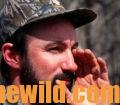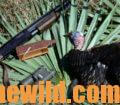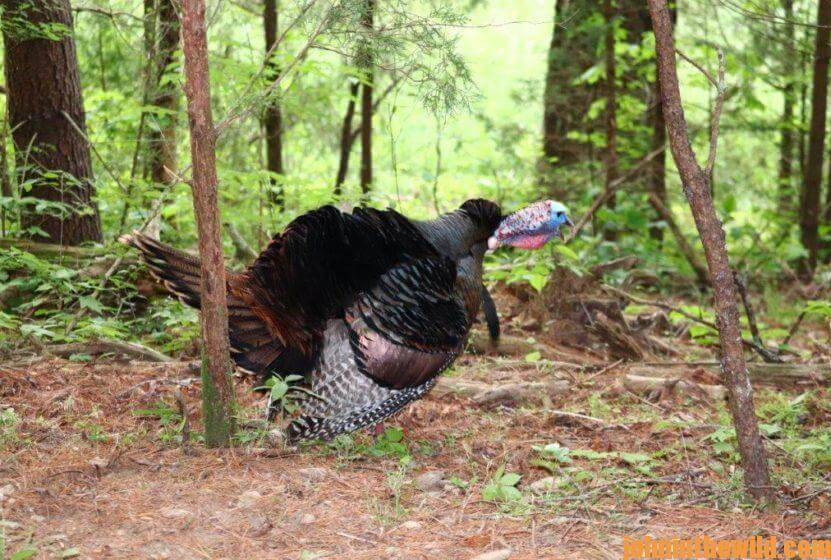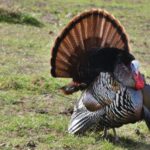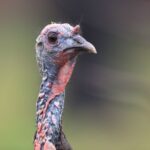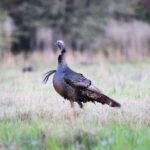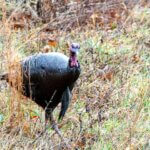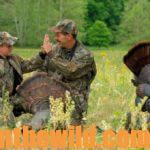Editor’s Note: Dr. James Earl Kennamer is the retired chief conservation officer of the National Wild Turkey Federation (NWTF) (https://www.nwtf.org/) in Edgefield, South Carolina. He’s spent 60 years hunting and researching the wild turkey. He received a B.S. in wildlife management from Auburn University and a master’s degree and a doctorate from Mississippi State University. I talked with him about the decline being seen in the nation’s wild turkey populations.
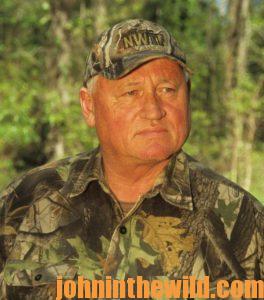 John E. Phillips: Dr. Kennamer, there’s been rumors of a decline in turkey populations, especially in the South, and we know there have been a number of studies conducted by agencies throughout the South. In your opinion, what’s causing the reduction of the South’s turkey populations, and what can we do to stop the decline in these populations?
John E. Phillips: Dr. Kennamer, there’s been rumors of a decline in turkey populations, especially in the South, and we know there have been a number of studies conducted by agencies throughout the South. In your opinion, what’s causing the reduction of the South’s turkey populations, and what can we do to stop the decline in these populations?
Dr. Kennamer: Several research projects currently are being conducted throughout the Southeast studying this problem. All these research projects are being coordinated. In the past, each state had different methods of collecting data on turkeys, however in recent years, the states now are all collecting data on harvest, reproduction and the other factors that contribute to the health and the population of the wild turkey.
 There’s no question that there’s been a decline in turkey populations, especially in the Southeast. There’s not one simple answer. However, I do believe there are two major elements causing the decline of turkey flocks in many states and throughout this region of the Southeast. We are losing turkey habitat, especially good brood habitat. Many restrictions now have been placed on burning woodlands and using burning regimes that in the past have cleaned-up the forest floors and not only produced food for turkey poults and adult turkeys, but also brood habitat. If we can’t increase the survival rate of the turkey poults during their first six weeks of life, then we can’t increase the numbers of wild turkeys.
There’s no question that there’s been a decline in turkey populations, especially in the Southeast. There’s not one simple answer. However, I do believe there are two major elements causing the decline of turkey flocks in many states and throughout this region of the Southeast. We are losing turkey habitat, especially good brood habitat. Many restrictions now have been placed on burning woodlands and using burning regimes that in the past have cleaned-up the forest floors and not only produced food for turkey poults and adult turkeys, but also brood habitat. If we can’t increase the survival rate of the turkey poults during their first six weeks of life, then we can’t increase the numbers of wild turkeys.
Phillips: What do you mean when you use the term, “good brood habitat?”
Dr. Kennamer: Basically, good brood habitat is an open understory of grasses that will grow from 4-6 inches high and produce an abundance of overhead cover that allows the poults to hide from predators not only from the ground, but also from the air. The early succession of plants you see in quail habitat is the same type of plant succession poults need to feed on seeds and insects during their first six weeks of life. The hen has to be able to get her entire brood also to move through this type of habitat. If they get lost or can’t keep up with the rest of the brood, the population will decline. That’s one of the main reasons that quail plantations that are actively managed for quail provide such good habitat for the wild turkey – especially if the plantations have some hardwoods in them where older turkeys can feed and roost. Here’s what’s required to produce good turkey populations: a controlled burn; a venue of timber; and roadside management of grasses and seed-producing plants where young turkeys can feed on these linear types of small green fields.
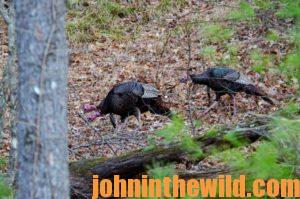 The second-critical factor to increasing turkey populations comes from the results from all these studies being done by state wildlife organizations across the country. We are harvesting more turkeys than we’re allowing to be produced by the turkey flocks. A number of studies show that 90% of the turkeys are being harvested each season by 10% of the hunters in each state. To solve this part of the problem, states must reduce the number of turkeys each hunter harvests each season, and the length of turkey hunting season must be shortened.
The second-critical factor to increasing turkey populations comes from the results from all these studies being done by state wildlife organizations across the country. We are harvesting more turkeys than we’re allowing to be produced by the turkey flocks. A number of studies show that 90% of the turkeys are being harvested each season by 10% of the hunters in each state. To solve this part of the problem, states must reduce the number of turkeys each hunter harvests each season, and the length of turkey hunting season must be shortened.
In South Carolina, where I live, the state has acted by reducing the season’s duration, reducing the bag limit from five turkeys per season per hunter to three turkeys and allowing a hunter to take only one gobbler the first week of the season when often the hens are still breeding. To make the problem of reduced turkey populations simple, we’re not putting turkeys back into the population as fast as we’re harvesting them.
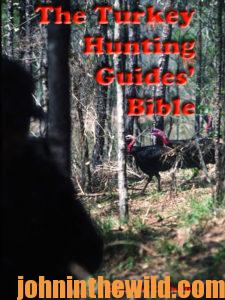 To learn more about turkey hunting, check out John E. Phillips’s book, “The Turkey Hunting Guides’ Bible,” at https://www.amazon.com/gp/product/B01ITWYY2K/ref=dbs_a_def_rwt_hsch_vapi_taft_p2_i11and available in Kindle, print and Audible versions. You may have to cut and paste this link into your browser. (When you click on this book, notice on the left where Amazon says you can read 10% of the books for free and hear 10% for free). To learn more about other turkey books by John E. Phillips, go to www.amazon.com/author/johnephillips.
To learn more about turkey hunting, check out John E. Phillips’s book, “The Turkey Hunting Guides’ Bible,” at https://www.amazon.com/gp/product/B01ITWYY2K/ref=dbs_a_def_rwt_hsch_vapi_taft_p2_i11and available in Kindle, print and Audible versions. You may have to cut and paste this link into your browser. (When you click on this book, notice on the left where Amazon says you can read 10% of the books for free and hear 10% for free). To learn more about other turkey books by John E. Phillips, go to www.amazon.com/author/johnephillips.
Tomorrow: Biologists Think Hunters Need to Take Fewer Turkeys

